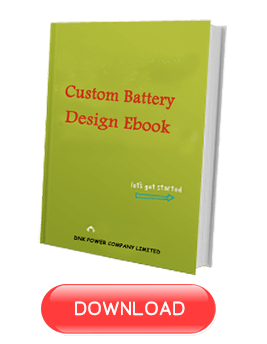Home /
18650 Battery Cell Manufacturing Process
18650 Battery Cell Manufacturing Process
The 18650 is currently the most used lithium battery. How do these 18650 cells come into being? In this article, we will take a look at the 18650 cell production process.
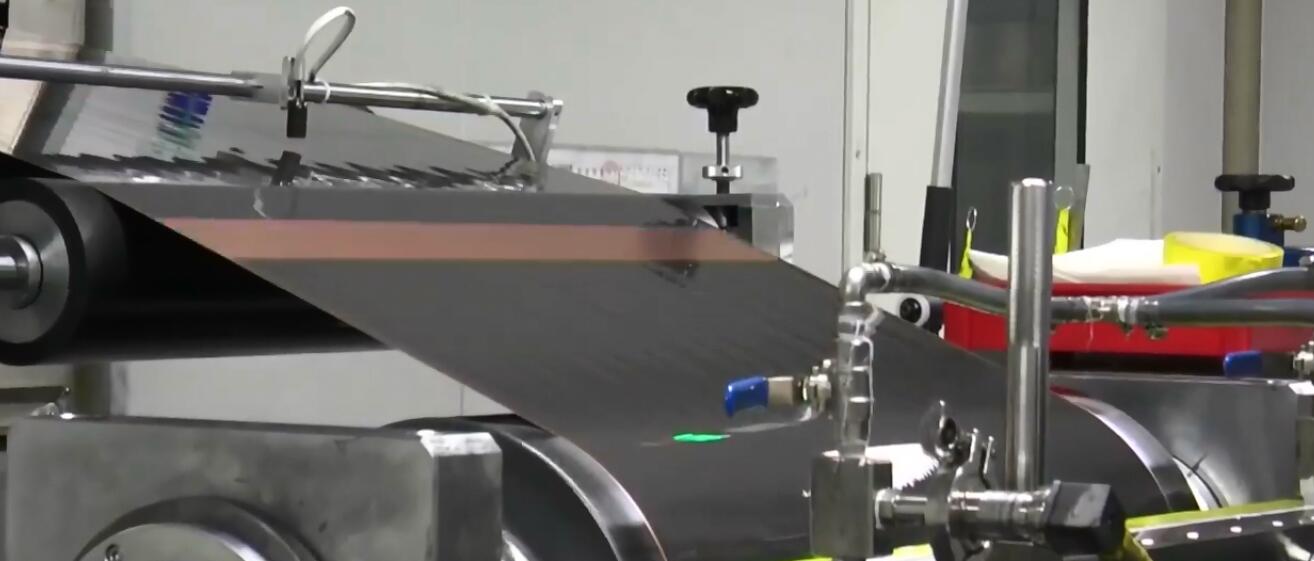
Step #1, the coating process.
Large copper foil (yellow) and aluminum foil (silver) can be seen in this process. Aluminum foil is used to coat nickel-cobalt-manganese (NCM) ternary materials; conversely, copper foil is used to coat negative active material graphite; white is the separator.
The global lithium battery separator is mainly produced by Asahi, Celgard, SK, Toray, W-SCOP and other manufacturers, these companies control nearly 70% of the global market share.
The capacity of the cell is based on the formulation of these materials.
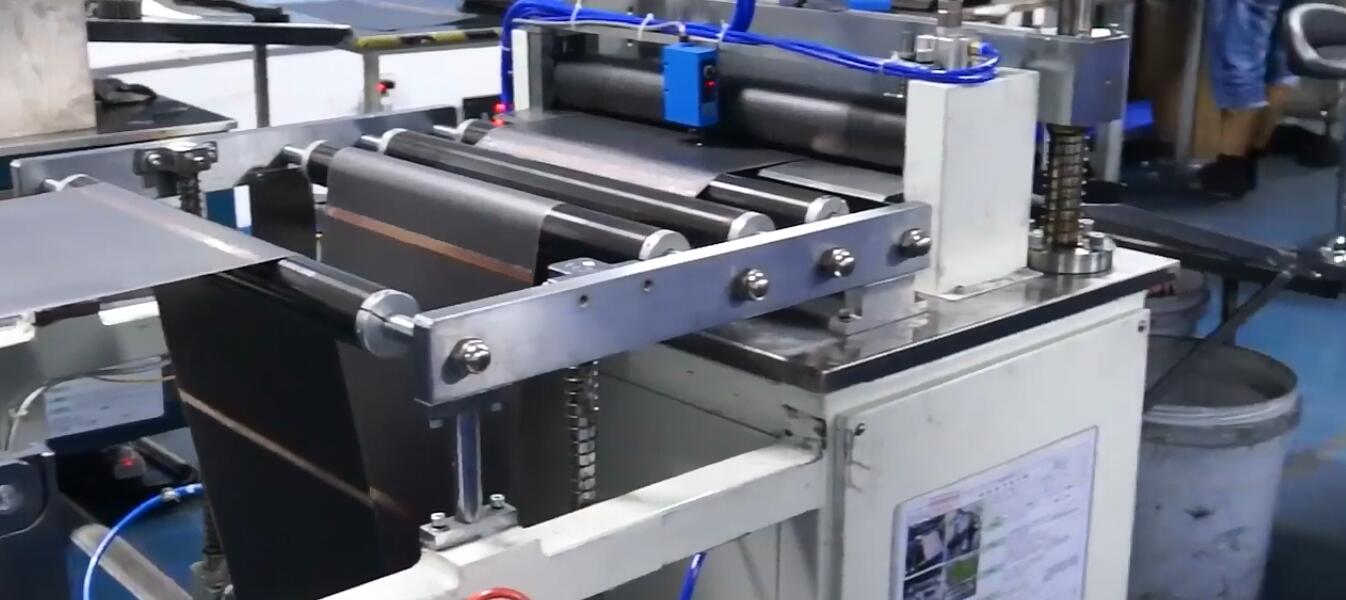
A complete roll of coated positive and negative electrode material is about 126mm wide. Next, it will be cut into 7 small rolls with a width of about 18mm. Each roll will be evenly divided into several sections. Each section represents the required materials for a single cell.
At present, the ternary cathode material is priced at 20,000 USD per ton, which can be used to produce 50,000 batteries per ton of material.
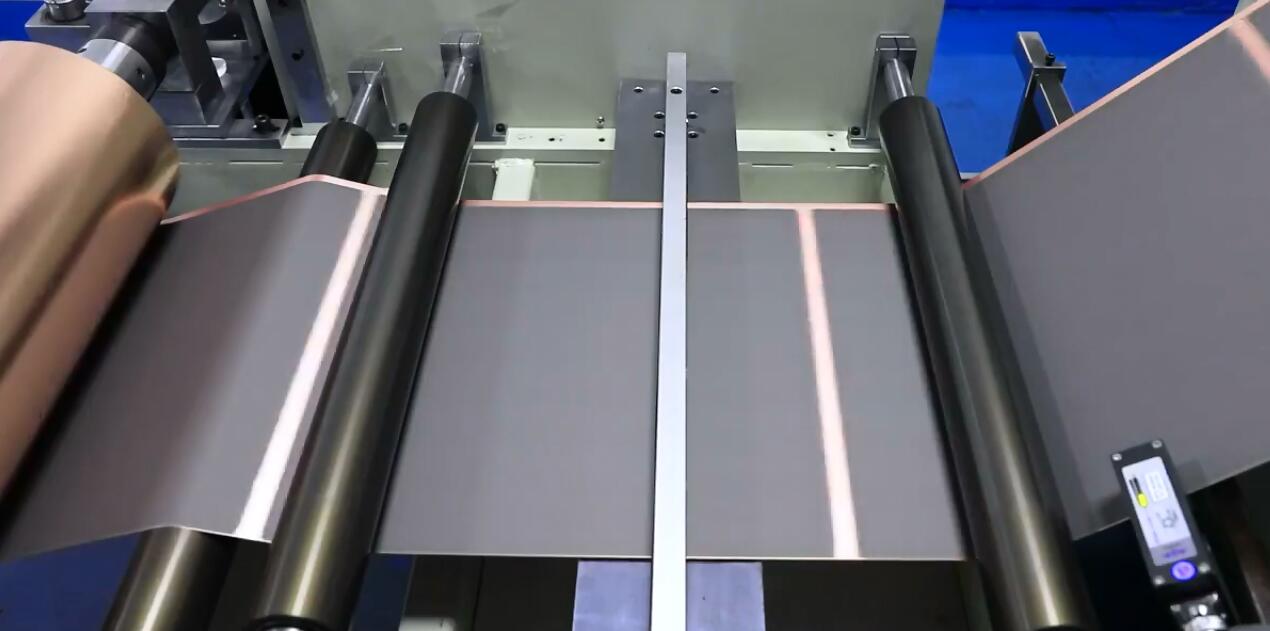
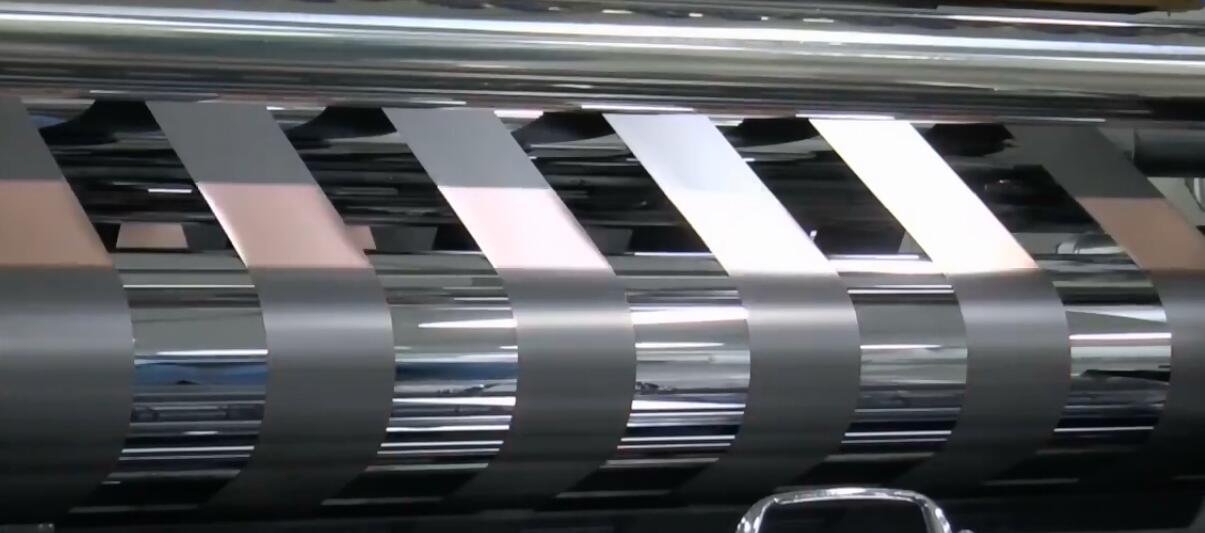
The automated machine will mark each section with Mylar with high insulation and high-temperature resistance. The next step is to carry out five levels of weighing, which are weighted, A1, A2, A3, and lighter. This is the same as the selection of CPU wafers.
Different physiques will appear in the same batch of the cutting process. According to different physiques, the corresponding capacity will be divided accordingly.
Step #2: Assembly
The well-defined positive and negative electrodes will be fully automated here. The white material is a separator. The battery cell is still not working properly. It is necessary to add an electrolyte as a medium to allow the positive and negative electrodes to undergo a chemical reaction. Lithium ions can move between the positive and negative electrodes, and a charged ion output energy lithium battery can be charged and discharged. Automatic roll-packing directly on the assembly line, into the next assembly step into the steel shell.
The steel shell is a one-piece stamping molding, and its thickness is less than 1mm. Therefore, the steel has high strength and quality requirements.

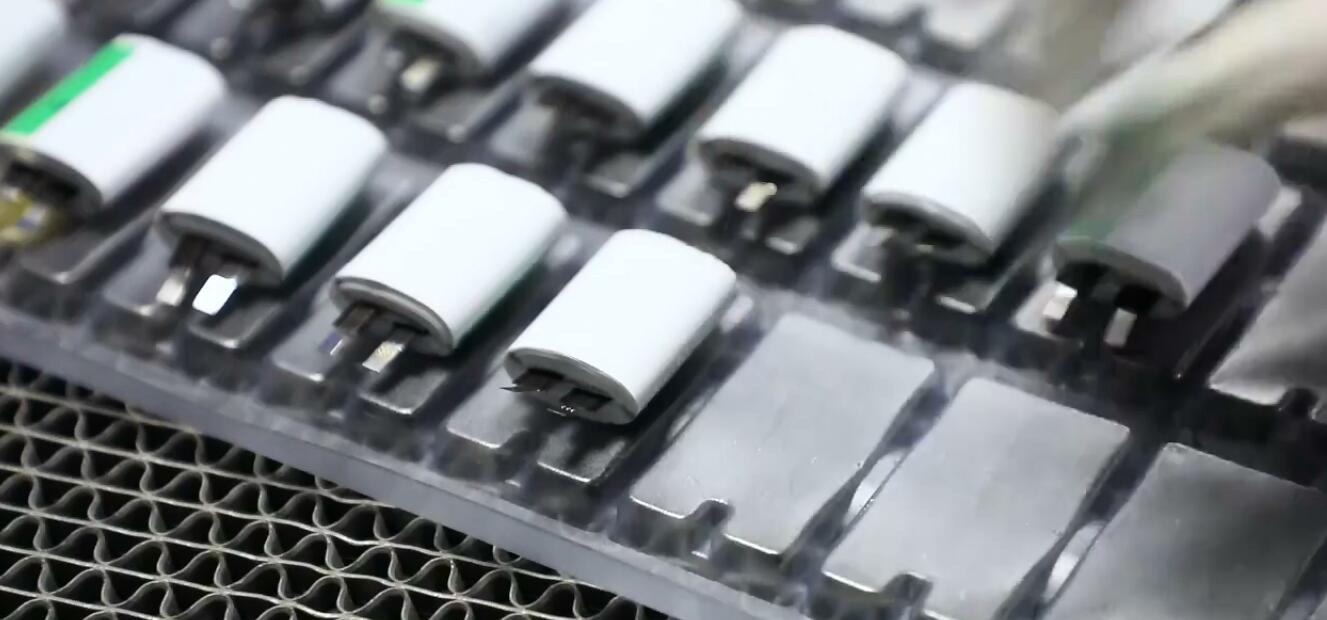
This step connects the negative electrode tab to the bottom of the steel shell by spot welding. We adopted the Miyachi laser spot welding machine to ensure spot welding accuracy and product quality. The spot welder could not weld the bottom of the steel shell. The worker had a copper nail in his hand. He first inserted it from the reserved hole into the bottom, and then put it into the spot welder. Hey, the negative electrode was laid and the nickel tape was connected to the bottom of the steel shell.
The electrolyte is injected into the glove box filled with inert gas argon in a sealed box. The oxygen concentration in the sealed box gloves must be less than 10 ppm (close to an oxygen-free vacuum environment) to prevent electrode oxidation. The electrolyte argon gas is sent to the sealed box through the circulating purification device. The catalyst contains hydrogen and hydrogen, which can be removed by the reaction of hydrogen and oxygen. At the same time, the desiccant in the device absorbs moisture and ensures the drying of the atmosphere inside the box.
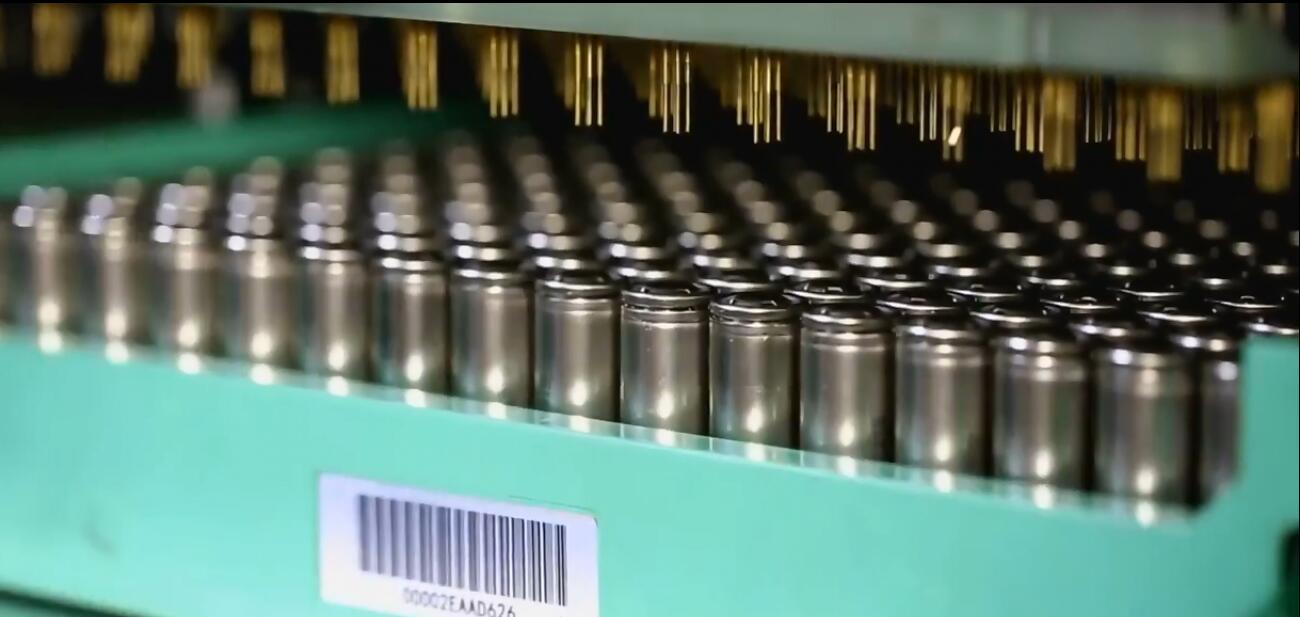
After the electrolyte is injected into the cell, the cap and the steel shell have been joined together by laser welding. Rows are neatly stacked and proceed to the next process.

A new battery is now physically born.
Each cell needs to wear PVC sleeves sorted by capacity.
Different capacities correspond to different PVC jackets. Here we see green, blue, pink and other colors. The rich appearance color adds a sense of fashion to the batteries.
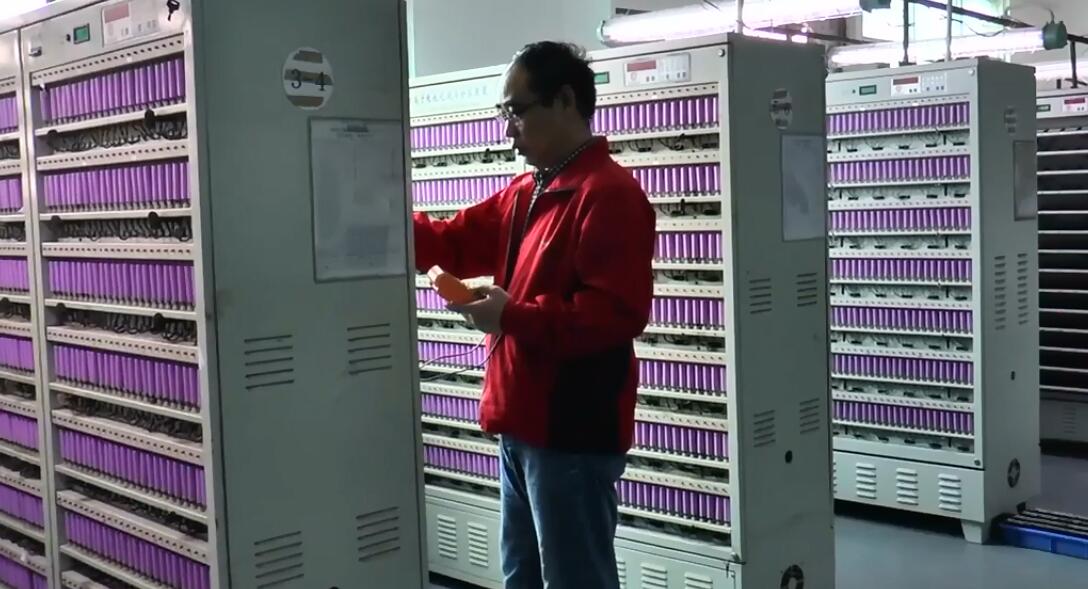
Step #3: Charge and Test
After the electrolyte is injected into the electrolyte, no electricity is actually stored. At this time, the states of the positive and negative electrodes have not reached a stable state and must be charged through the first charge before they can be used normally.
This first charge is called “chemical reaction”. When charging for the first time, an extra charge is required to create a protective film on the electrode surface. This protective film is the secret of the low self-discharge of lithium-ion batteries. At the same time, the properties of the protective film also affect the performance and life of the battery. Therefore, the formation process is very important. Chemical conversion is accomplished using a volumetric cabinet.
The batteries are filled with chemicals. In order to ensure the safety and lifespan of the batteries, they must be packed in boxes before packing, usually, 200 pcs per box. We will make sure they are consistency in: capacity, internal resistance, and voltage. If not, they will be identified as B-level and C-level batteries.
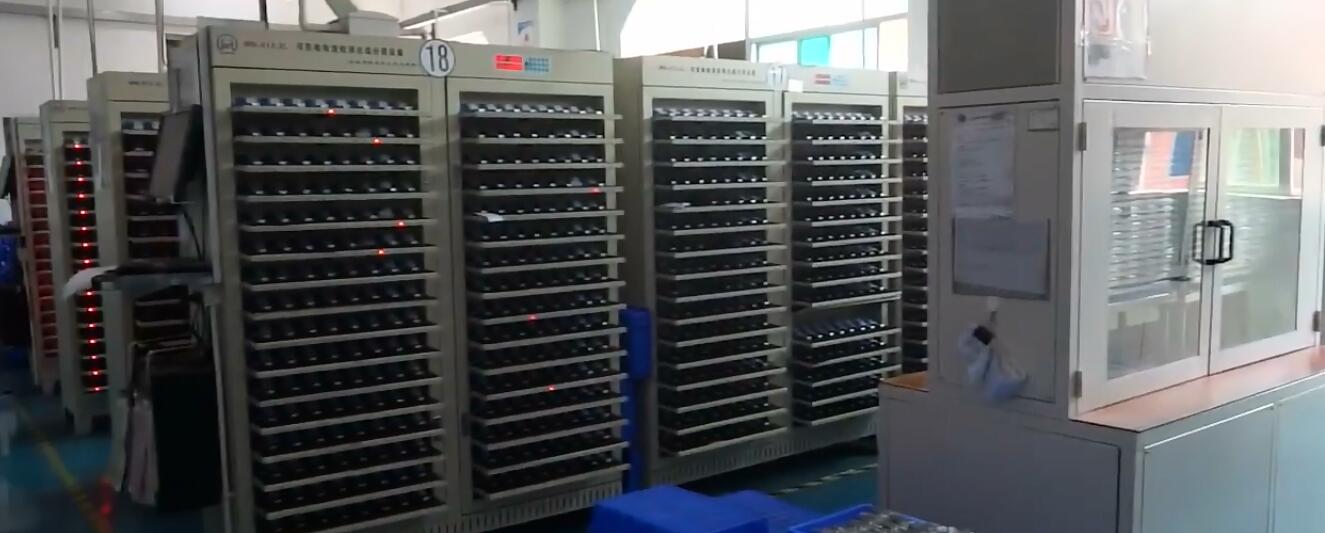
Test#1, capacity. In order to ensure the accuracy of the capacity test, five cycles of aging tests are required to select those that cannot work or have a low capacity. According to national standards, 0.2C charge and discharge tests are used. Charge with appropriate current to 4.20V cut-off (high voltage version needs to be charged to 4.30V or 4.35V), let stand for a period of time (more than 15min) so that the battery temperature is close to room temperature and the polarization within the battery is basically dissipated.
The test uses a 0.2C discharge to a 2.75V termination voltage to achieve the marked capacity and is considered qualified. Here, C is a unit of magnification, taking a 2600 mAh cell discharge as an example, and 0.2 C as a 520 mA discharge.
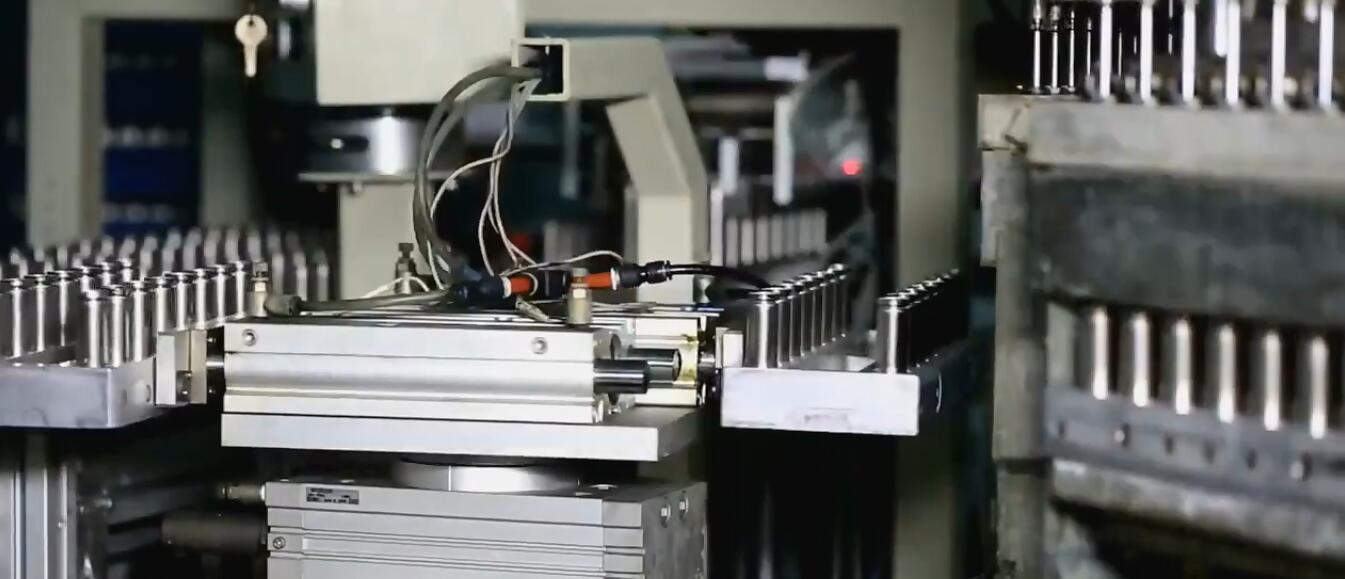
Test#2, internal resistance. The factory is equipped with internal resistance automatic machines that can make the process streamlined. For 18650 batteries, internal resistance within 70 milliohms, are considered to be qualified cells.

Test#3, voltage. The battery voltage in the same box is 3.7V±0.05, which is convenient for parallel connection or series connection.
In addition to the conformity test, each batch of batteries also needs to perform dozens of destructive tests, such as impact, vibration, and puncture, to eliminate hidden dangers and ensure the best quality of each batch.
Categories
Battery Design Ebook
Recent Posts
-
shipping lithium batteries safely
-
How to Recycle Lithium Batteries in 3 Steps
-
Lithium ion Battery Storage
-
Battery IEC 62133
-
What is UN 38.3
Leave A Comment
[site_reviews][site_reviews_form hide=”terms,title”]
